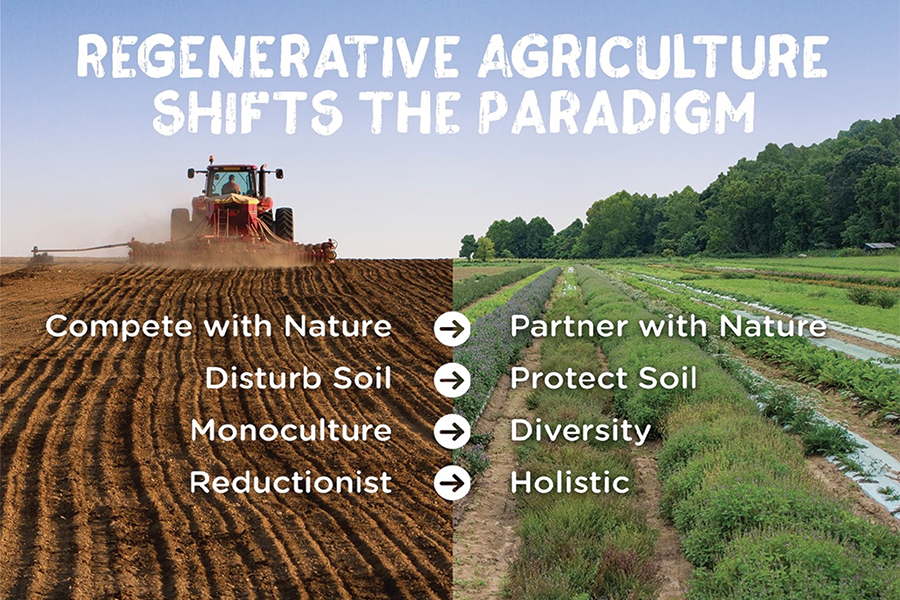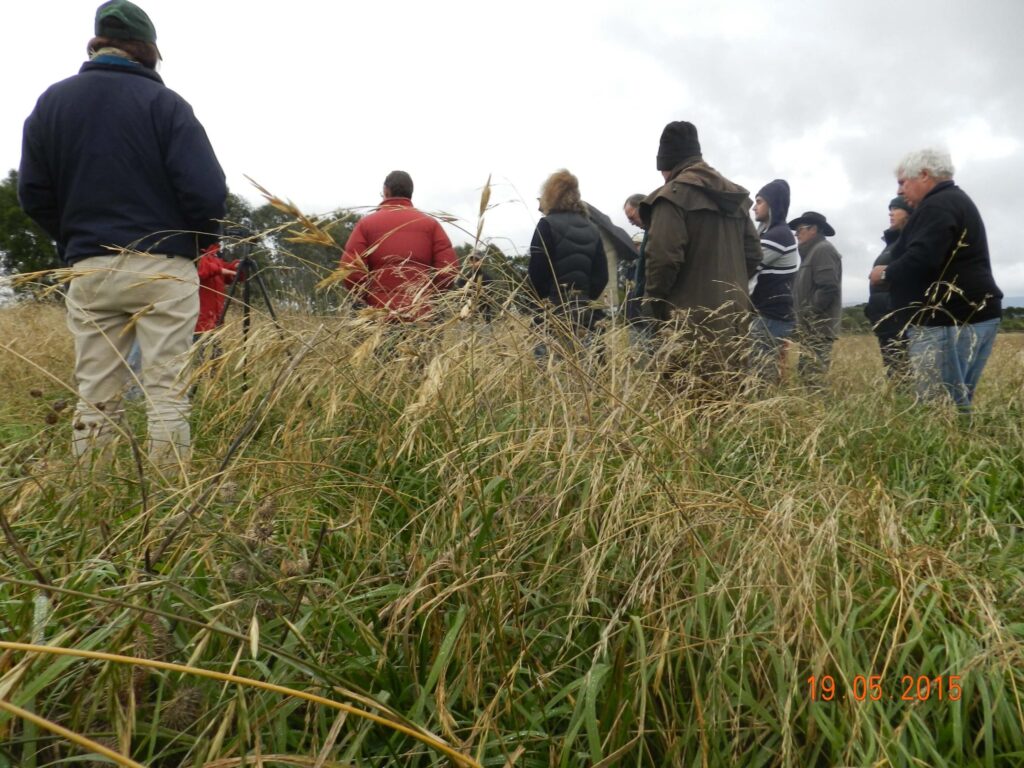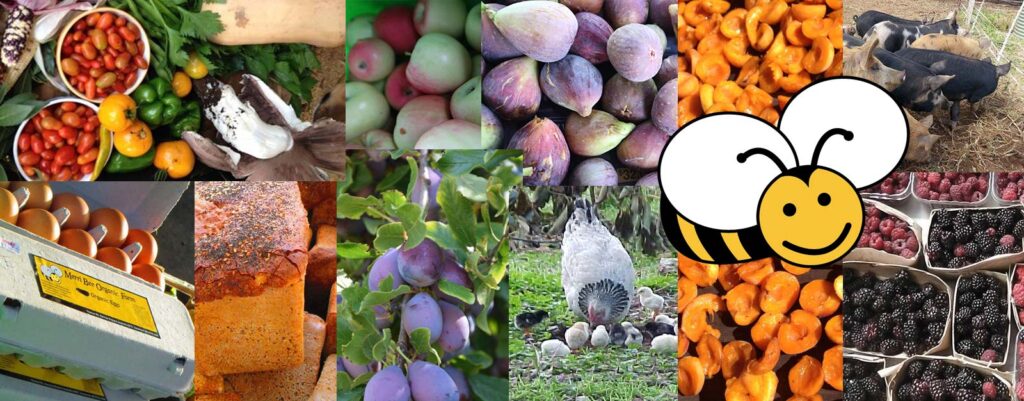Minimal Tillage Produces Healthy Plants, Leading to a Healthier Animal and Human Gut Biome

For farmers, adopting minimal tillage practices is not just about reducing soil disruption; it’s about fostering an entire ecosystem that benefits plants, animals, and humans alike.
Preserving Soil Health for Better Crops
When you minimize tillage, you protect the natural structure of your soil, allowing beneficial organisms like earthworms and microbes to thrive. These organisms break down organic matter, turning it into rich nutrients that your crops can absorb more easily. The result is healthier, more resilient plants that are less prone to diseases and pests, reducing your need for chemical inputs.
Impact on Livestock Health
The healthier your crops, the better the forage for your livestock. Nutrient-dense plants grown in minimally tilled fields provide animals with a richer diet, leading to improved digestion and a stronger immune system. A diverse diet promotes a healthy gut microbiome in your livestock, which is crucial for their overall health and productivity.
Human Health Benefits
The benefits don’t stop at the farm gate. When humans consume food from plants grown in minimally tilled soil, they gain the advantages of these nutrient-rich crops. The fiber and phytochemicals in these plants support a diverse and balanced gut microbiome, which is key to preventing chronic diseases and promoting overall well-being.
In essence, minimal tillage is more than just a farming technique—it’s a holistic approach to agriculture that promotes the health of the soil, the animals, and ultimately, the humans who depend on these ecosystems.







Responses